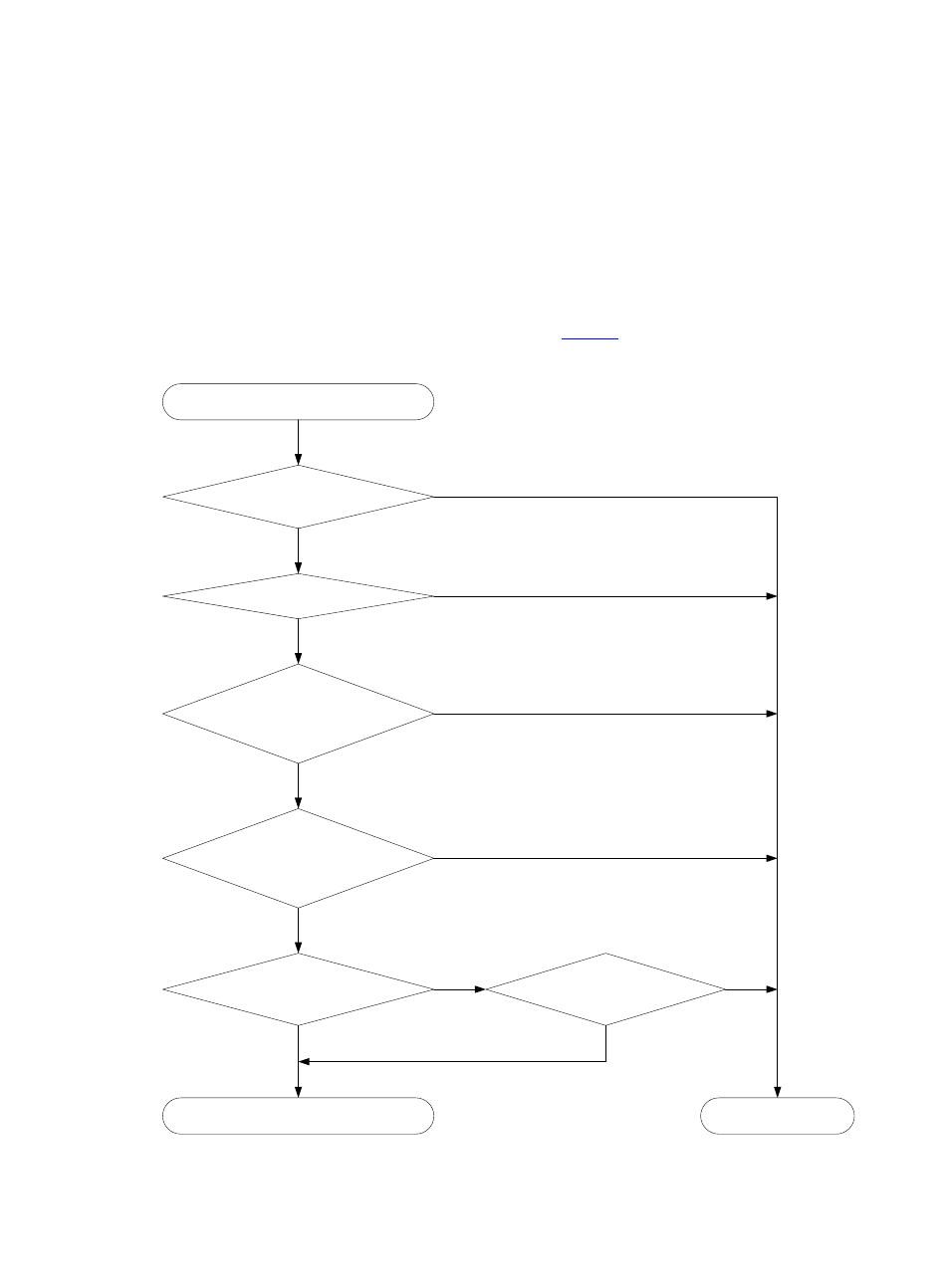Setting the aggregation state of each member port – H3C Technologies H3C SecPath F1000-E User Manual
Page 22

6
Step1
Compare the system ID (comprising the system LACP priority and the system MAC address). The system
with the lower LACP priority value wins out. If they are the same, compare the system MAC addresses.
The system with the lower MAC address wins out.
Step2
The system with the smaller system ID selects the port with the smallest port ID as the reference port. A
port ID comprises a port aggregation priority and a port number. The port with the lower LACP priority
value wins out. If two ports have the same aggregation priority, the system compares their port numbers.
The port with the smaller port number wins out.
Setting the aggregation state of each member port
After the reference port is selected, the system with the lower system ID sets the state of each member port
in the dynamic aggregation group on its side as shown in
.
Figure 3 Set the state of a member port in a dynamic aggregation group
No
More candidate ports than allowed
max. number of Selected ports?
Is the port up?
Is there any hardware restriction?
Port number as low as to set
the port in the Selected state?
Set the aggregation state
of a member port
Set the port in the Selected state
Set the port in the
Unselected state
Yes
Yes
No
Yes
No
Yes
No
Yes
No
Port attribute/class 2
configurations of the peer port
same as the peer port of the
reference port?
Yes
No
Port attribute/class 2
configurations same as the
reference port?
